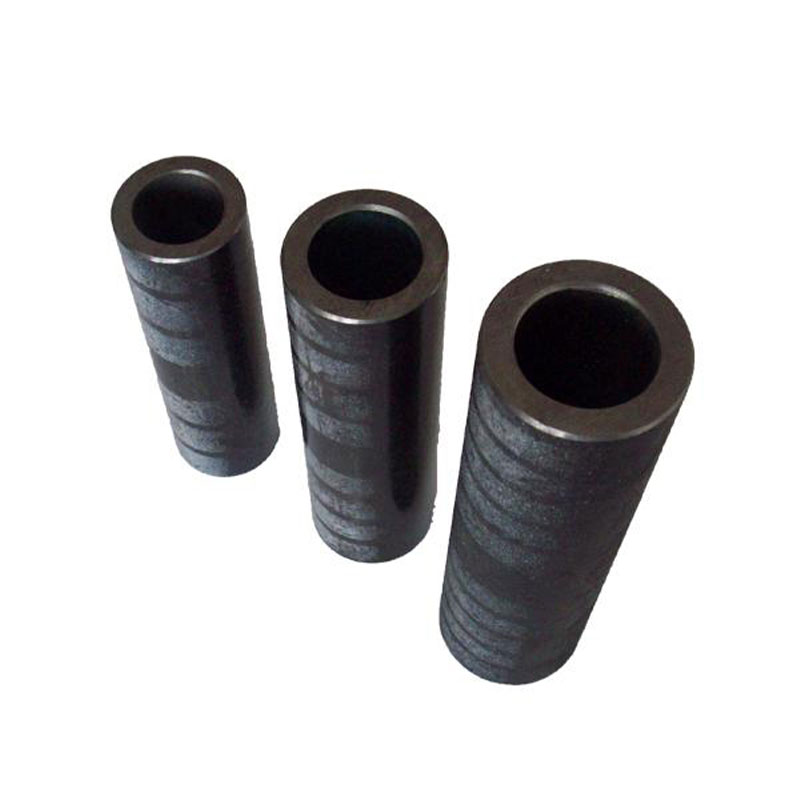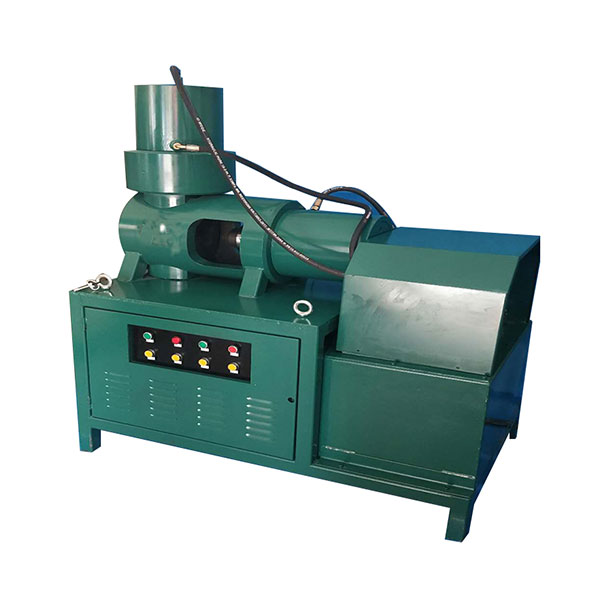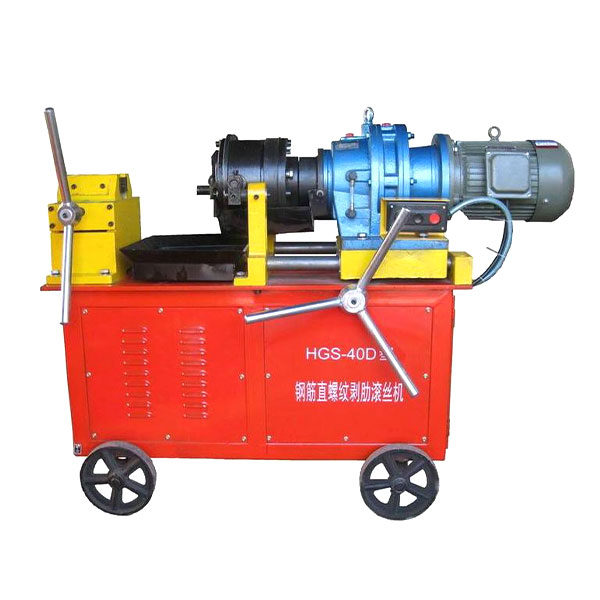How to Select the Right Rebar Coupler for Your Project?
For every engineer, reinforced concrete structures are the “main force” of construction projects, and the quality of rebar connections directly relates to the structure’s “safety lifeline” and service life! Haven’t you noticed that traditional binding and welding methods can barely keep up with efficient construction rhythms?
Rebar couplers then become reliable “helpers” — they enable efficient rebar joining mechanically without complex operations, stably transferring stress and maintaining structural integrity, making them core alternatives to traditional techniques.
But choosing the right coupler isn’t easy! A scientific selection ensures quality, cost-effectiveness and efficiency; a wrong choice may cause connection failure, structural hazards, rework delays and unnecessary costs. This article will help you match project needs accurately and optimize project benefits effortlessly.
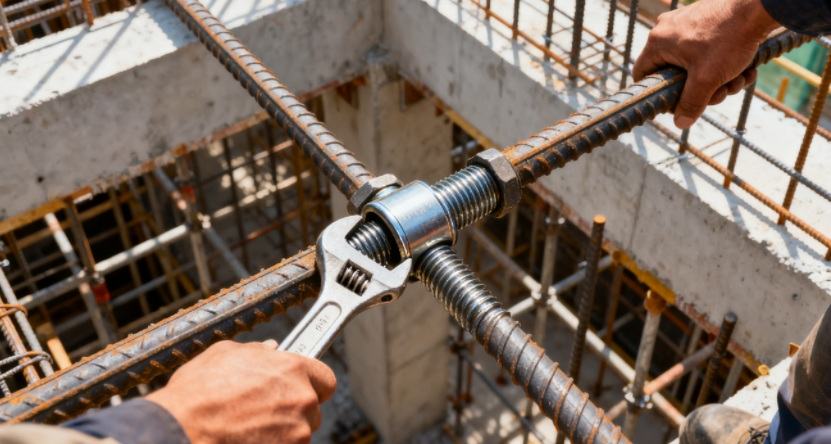
Table of Contents
Three Common Types of Rebar Couplers
Straight Threaded Rebar Coupler
The straight threaded rebar coupler is a mechanical connection component that realizes the transmission of axial tension and compression of rebars by rolling or cutting the end of the rebar into a straight thread structure, which is then engaged and fastened with a sleeve with internal threads. It is one of the most widely used types in current engineering projects.
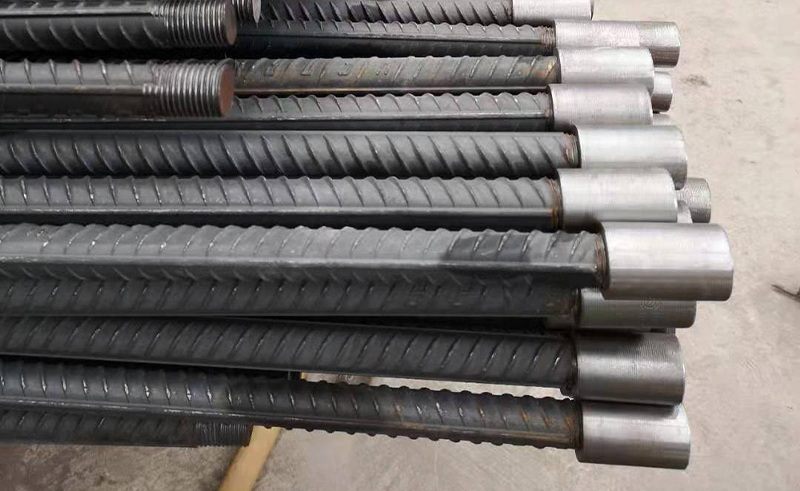
| Core Characteristics | Details |
| Advantages | High connection strength (up to the strength of the rebar base material), high construction efficiency, simple operation, wide adaptation range, no need for special large-scale equipment |
| Limitations | High requirements for thread processing accuracy; thread slipping or wear will directly affect connection quality; additional anti-corrosion treatment is required in humid environments |
| Applicable Scenarios | Regular force-bearing parts such as frame beams and columns of high-rise buildings, load-bearing components of industrial plants, municipal roads and bridges, and ordinary civil buildings |
Cold Extrusion Rebar Coupler
The cold extrusion rebar coupler applies radial pressure to the metal sleeve sleeved on the end of the rebar at room temperature through special cold extrusion equipment, causing plastic deformation of the sleeve to closely engage with the rebar surface. It transmits rebar stress relying on mechanical engagement force, without high-temperature heating or thread processing.

| Core Characteristics | Details |
| Advantages | Extremely strong load-bearing capacity, excellent fatigue performance, good seismic resistance, high connection reliability, not affected by the processing accuracy of the rebar end |
| Limitations | Requires special cold extrusion equipment with high equipment investment cost; high skill requirements for operators; construction efficiency is lower than that of threaded type |
| Applicable Scenarios | Main beams and piers of long-span bridges, core tubes and transfer floors of high-rise buildings, high-seismic grade buildings, heavy industrial plants |
Epoxy Resin Rebar Coupler
The epoxy resin rebar coupler adopts a structural design with high-performance epoxy resin adhesive built into the sleeve. After inserting two rebars into the sleeve, a firm bonding layer is formed by the high-strength adhesion of the epoxy resin adhesive, combined with the mechanical constraint effect of the sleeve to realize rebar stress transmission. Some products are equipped with anti-skid lines to enhance stability.

| Core Characteristics | Details |
| Advantages | Excellent corrosion resistance, compatible with various rebar materials, simple construction operation, no need for complex processing equipment, no weakening of the rebar cross-section |
| Limitations | Greatly affected by ambient temperature (slow curing at low temperature, easy aging at high temperature); the bonding layer is prone to contamination and requires maintenance during curing |
| Applicable Scenarios | Coastal corrosive environments, chemical park buildings, indoor concrete structures, maintenance and reinforcement projects, connection of small and medium-diameter rebars |
Core Factors for Rebar Coupler Selection
Project Structure Type and Load Requirements
Different structures have distinct force-bearing characteristics, requiring precise selection based on load levels:
- High-rise buildings: Cold extrusion type for high-risk, high-load parts (core tubes, transfer floors); straight threaded type for mid-low rise frame beams and columns.
- Bridge projects: Cold extrusion type for long-span main beams/piers under cyclic loads; straight threaded type for non-core parts of medium-small span bridges.
- Corrosive environment projects (coastal/chemical areas): Epoxy resin type is preferred (with anti-corrosion design to enhance durability); “cold extrusion + anti-corrosion coating” combination for core force-bearing parts.
- Load matching principle: Cold extrusion type (with seismic certification) is prioritized if design tension exceeds 1.2 times the rebar base material strength or seismic intensity is ≥8 degrees; straight threaded type for normal load scenarios; epoxy resin type for low-load and corrosive environments.
Rebar Specifications and Material Properties
Ensure full matching between couplers and rebar parameters to avoid compatibility issues:
| Rebar Parameters | Straight Threaded Type Range | Cold Extrusion Type Range | Epoxy Resin Type Range |
| Diameter | 12-50mm (widest adaptability) | 16-40mm (custom sleeve for non-standard) | 10-40mm (mainly small-medium diameter) |
| Grade | HRB335-HRB600 (supports high-strength rebars) | HRB400-HRB600 (prioritized for high-strength) | HRB335-HRB400 (special epoxy adhesive for high-strength) |
| Material | Ordinary hot-rolled/alloy/corrosion-resistant rebars | Ordinary hot-rolled/alloy rebars | Ordinary hot-rolled/stainless steel/corrosion-resistant rebars (wider adaptability) |
Special material rebars (e.g., stainless steel, weathering steel) require dedicated epoxy adhesive when paired with epoxy resin couplers to prevent bonding failure. High-strength rebars (HRB500 and above) prioritize straight threaded or cold extrusion types to ensure connection strength matching.
Construction Environment and Conditions
Environment and on-site conditions directly affect construction feasibility and coupler durability:
- Indoor dry environment: All three types are applicable; straight threaded type is preferred (cost-effective, easy to construct).
- Outdoor/humid environment: Straight threaded and cold extrusion types need hot-dip galvanizing or anti-corrosion coating; epoxy resin type can be used directly with better corrosion resistance.
- Coastal/chemical corrosive environment: Epoxy resin type is preferred; dual protection of cold extrusion type + anti-corrosion treatment for core force-bearing parts.
- Low/high temperature environment: Avoid epoxy resin type (temperature change affects curing effect); prioritize straight threaded or cold extrusion types.
- Narrow space/emergency construction: Straight threaded type (easy operation, lightweight equipment); epoxy resin type requires curing time, not suitable for tight schedules.

Step-by-Step Rebar Coupler Selection for Your Project
Step 1: Clarify Core Project Requirements
Collect key information including structure type, load level, seismic requirements, rebar specifications (diameter/grade/material), construction environment (temperature/humidity/corrosiveness), and construction schedule. Determine quality acceptance standards.
Step 2: Initial Screening of Coupler Types
- Narrow down options based on core requirements:
- Cold extrusion type for high-load and high-seismic projects;
- Straight threaded type for normal-load projects pursuing efficiency;
- Epoxy resin type for corrosive environments and small-to-medium diameter rebar connections.
Step 3: Verify Compatibility
Check the compatibility between couplers and rebar parameters, and verify indicators such as corrosion resistance and temperature adaptability in combination with the construction environment. Eliminate incompatible types through sample test assembly and tensile testing, and finally determine 1-2 optimal solutions.
Summary
The selection of rebar couplers must follow the three core principles of “performance matching, practical adaptability, and economic rationality”. Scientific decisions should integrate factors such as structural characteristics, load levels, rebar parameters, and construction environment, avoiding selection dominated by a single indicator.
Summary of the main situations in which each of the three categories can be used:
- Straight threaded type: Best for structures and projects that want to save money and time on construction. It is the most flexible and typically the first choice for most projects.
- Cold extrusion type: Good for the main portions of big projects like long-span, high-load, and high-seismic structures, making sure they stay stable and reliable throughout time.
- Epoxy resin type: Great for corrosive places including coastal and chemical locations, as well as maintenance and reinforcement projects and small to medium diameter rebar connections. It has a lot of anti-corrosion benefits.


